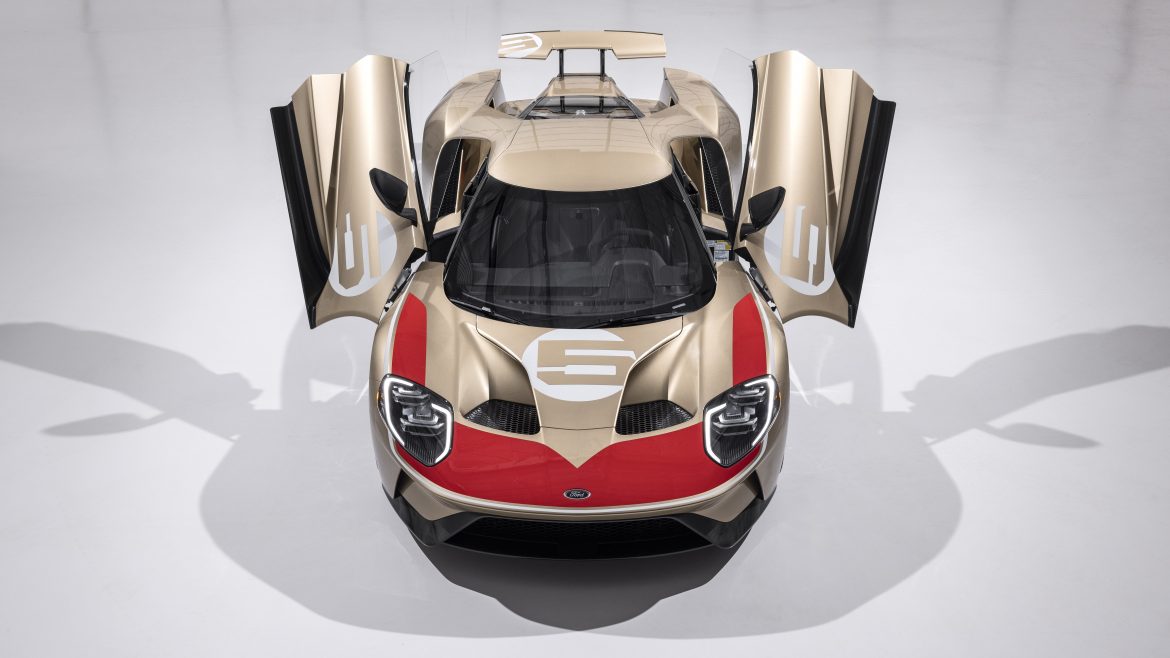Ford GT (2016-2023)
Born purely out of a grudge, the Ford GT40 is and will remain one of the most iconic race machines to have ever graced the motorsport landscape. Immortalised by the 2019 film Ford v Ferrari, the GT40 was a no-holds-barred effort by the folks at Ford Motor Company (FMC) to satisfy an enraged Henry Ford II, who Enzo Ferrari mocked during failed negotiations between the two car companies.

As the story goes, FMC wanted to expand its presence during the early 1960s and reportedly received word through a European intermediary that Enzo Ferrari was interested in selling to FMC.
However, during the negotiations, it is believed that Enzo, known at the time for his exclusive and unwavering interest in his company’s motorsport division, was not happy with the terms of FMC’s purchase proposal as it would not allow him to retain the motorsport division’s operations. Embittered, Enzo Ferrari ended negotiations with FMC, sold his company to Fiat, and ended up mocking Henry Ford II directly and indirectly.
Consequently, the Ford bossman ordered his executives to develop a machine (cost being no bar) that could defeat Ferrari on the world endurance racing circuit.
A few years later, the GT40 was born, becoming a consecutive four-time winner of the most prestigious endurance race on the planet, the 24 Hours of Le Mans (1966–1969), including an iconic 1-2-3 finish in 1966. In 1967, the Mk IV GT40 became the only car designed and built entirely in the United States (including the chassis and engine) to achieve the overall win at Le Mans.
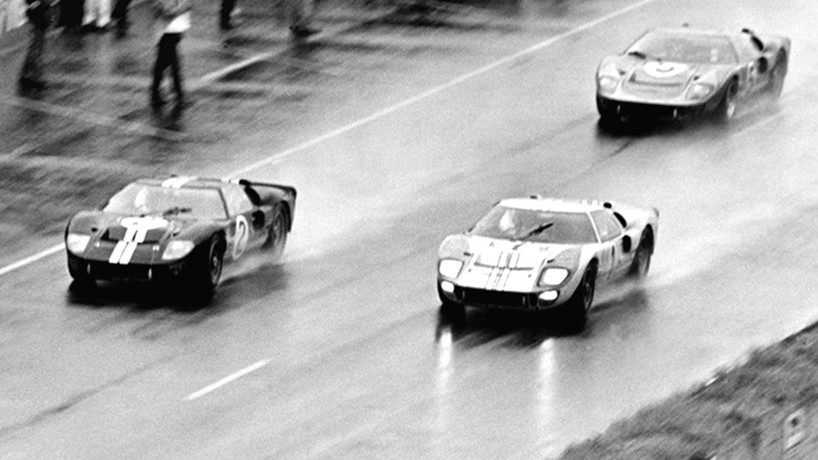
Image Courtesy – Ford
In anticipation of the automaker’s centennial year, Ford developed a new GT40 Concept in 2002 that paid homage to the legendary GT40 race car. In 2003, three pre-production units of the car were shown to the public as part of the brand’s centenary celebrations, and the production version, called simply the Ford GT, came to life in 2004. However, it did not have a long lifespan, as production ended in 2006. The world would not get to see the second-generation GT before its 2015 debut at the North American International Auto Show.
Since its birth, the GT has graced the garages of several car collectors and auction houses globally, and with only a handful of units produced across two model generations, including numerous special editions, the Ford GT will remain one of the most exclusive supercars out there.

Image Courtesy – Wikimedia Commons
Initially, the second-generation Ford GT’s production was to cease by the end of 2022, with the final 20-unit GT LM Edition rollout that honoured the company’s 2016 Le Mans win.
However, in December 2022, Ford announced a 67-unit track-only 2023 GT Mk IV that honoured the original 1967 Le Mans-winning GT40 Mk IV. Priced at $1.7 million a pop, the 800HP GT Mk IV was reportedly produced in 2023 by Multimatic, as reported by Autoevolution.
So, it seems like 2023 will be its final year, as Ford claims the GT Mk IV “is the last of its kind.”
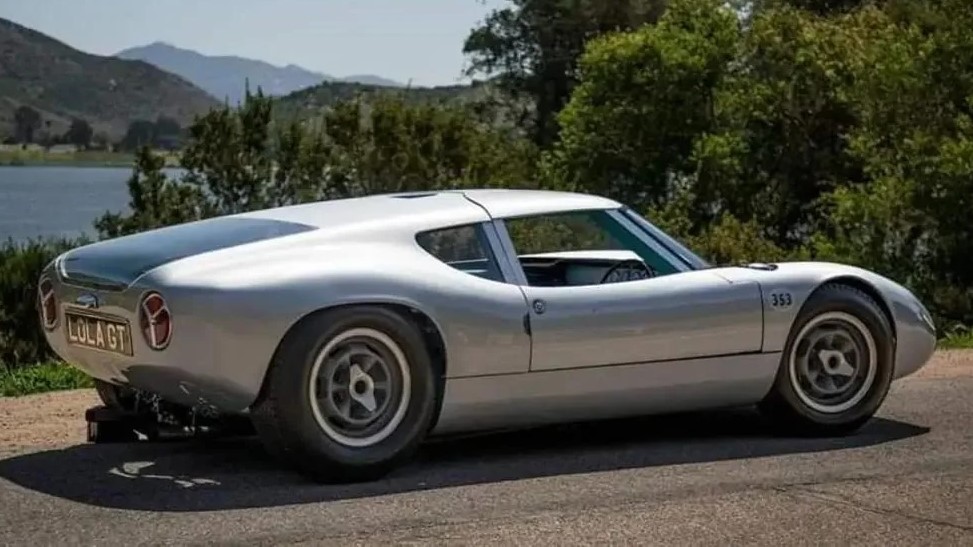
Image Courtesy: Reddit
Fact: While most of us think of the GT40 as a fully original Ford creation from the ground up, it was based on the British race car Lola Mk6 GT, designed by Eric Broadley, founder of Bromley-based Lola Cars International Ltd.
Touted as one of the most advanced racing cars of the time, the Lola Mk6 GT was propelled by a Ford V8 – this was the reason why Ford joined forces with Broadley to develop the GT40 Mk I car. Broadley, however, agreed on a short-term personal contribution to the project without involving Lola Cars.
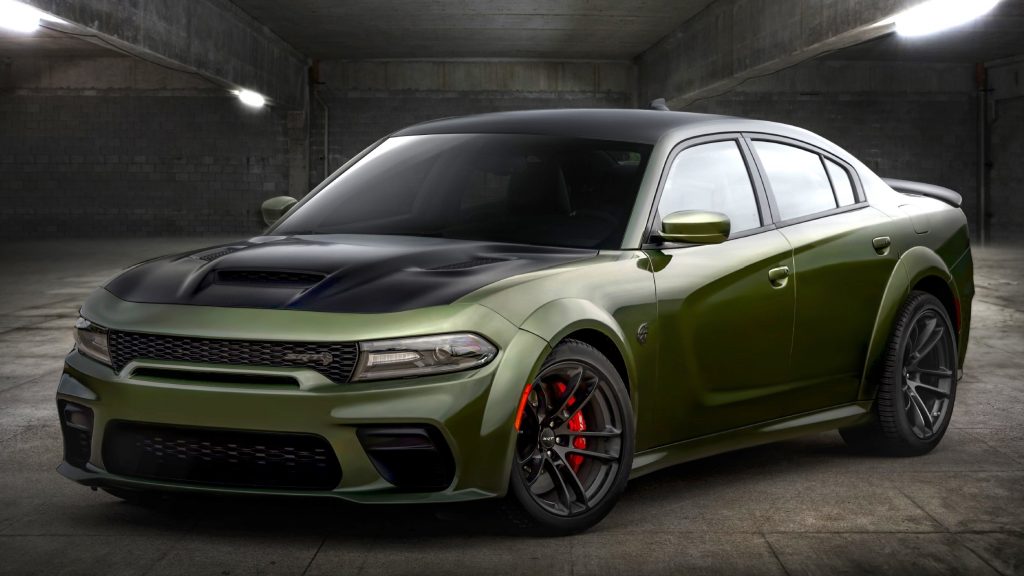
Dodge Charger (2005-2023), Challenger (2008-2023), and Chrysler 300 (2004-2023)
Three of the most iconic American muscle cars of the 2000s went the way of the Dodo in 2023. The last units of the Dodge Challenger (3rd Gen) and Charger (7th Gen) rolled off the production line at Stellantis’ Brampton Assembly Plant in Ontario, Canada, on 22nd December.
And just two days before, the final Chrysler 300 had rolled off the same line. Of the three, the Chrysler 300 was the first to debut in 2004, briefly joined by an estate version called the Magnum. It was followed by the four-door Charger (6th Gen LX) in 2005 and the two-door thoroughbred Challenger (3rd Gen) in 2008.
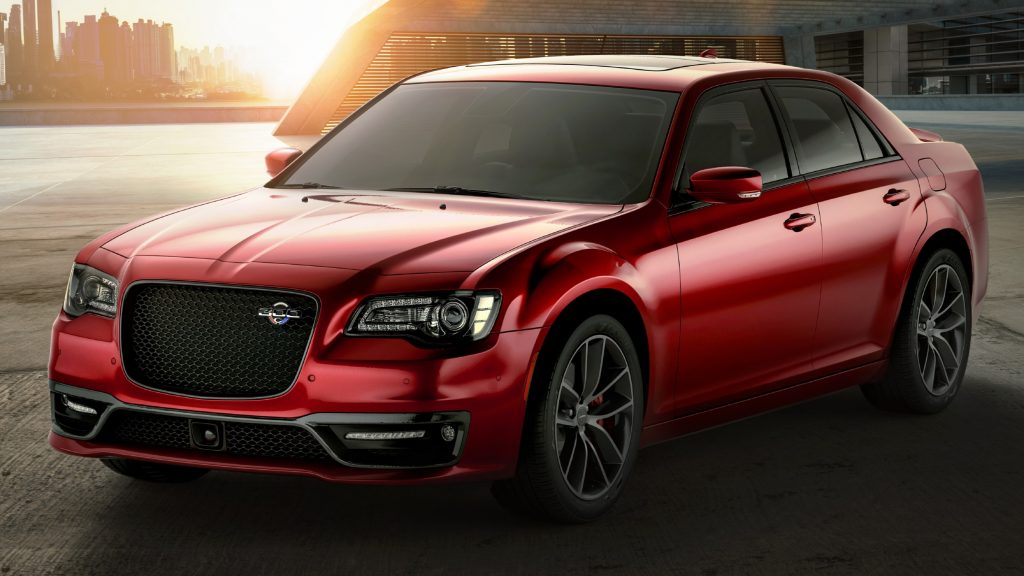
Since all three models were based on variations of Chrysler’s age-old ‘L’ platform, this also marks the end of the road for the ageing architecture. The end of these models does not come as a surprise, as, in November 2021, Stellantis had announced that 2023 would be the final model year for both the Dodge Charger and Dodge Challenger primarily due to the tightening emission standards of the United States Environmental Protection Agency (U.S. EPA).
With numerous special editions and delectable SRT Hellcat versions equipped with the mammoth HEMI V8s, the Challenger and Charger will be fondly remembered by several as some of the most fantastic bedroom wall poster cars. These, including the 300, kept a workforce of about 2,500 people busy for the better part of two decades.
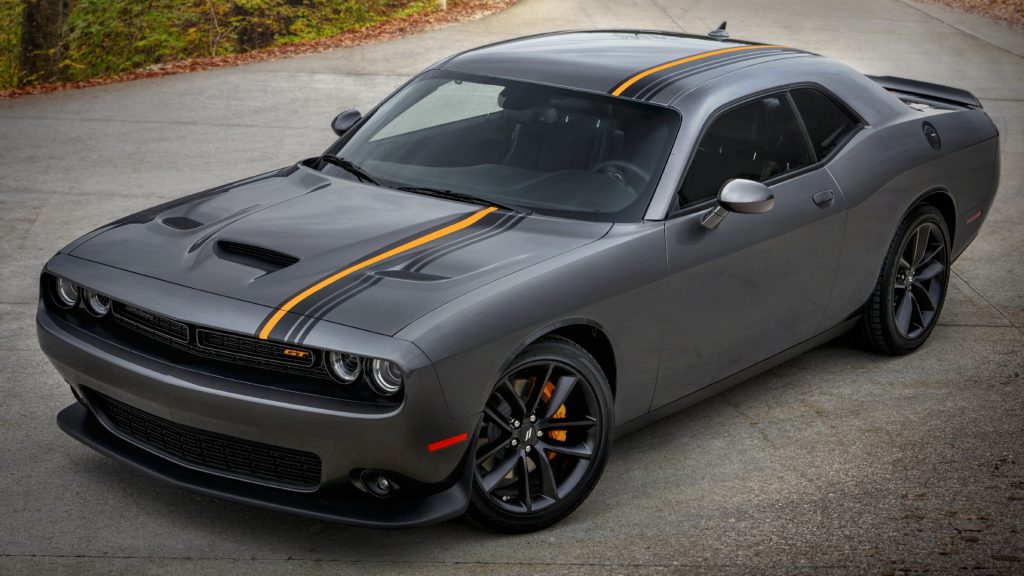
While there is no news about Stellantis working on a 300 replacement, the Dodge models are most likely to be replaced by the Dodge Charger Daytona SRT, a model based on an all-electric concept of the same name that was revealed in August 2022. The production model is unlikely to be electric, though.
Fact: The 1,000HP+ 2023 Dodge Challenger SRT Demon 170 is so quick that in its factory configuration, it is banned from running on U.S.’s National Hot Rod Association (NHRA)-certified drag strips.
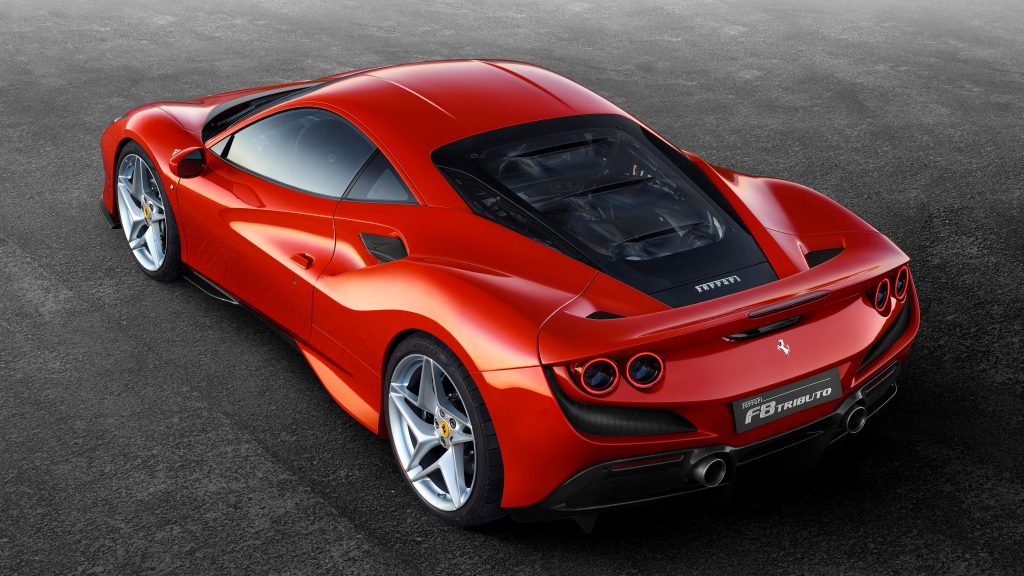
Ferrari F8 Tributo (2019-2023)
Successor to the Ferrari 488, the F8 Tributo debuted at the 2019 Geneva Motor Show. Underneath, the F8 Tributo used the same powertrain as the 488 Pista, but it was more powerful, aerodynamic and lighter than the 488. Despite being the most powerful V8 offering at the time in Ferrari’s model line-up, it witnessed a brief production run.
Around March 2023, numerous media outlets in the United States (Car and Driver in particular) confirmed that Ferrari had stopped production of the F8 Tributo, attributed to the fact that Ferrari North America imported a single 2023 model year F8 Tributo from Maranello.
But for unknown reasons, the F8 Spider (drop-top version of the Tributo) continued to be in production during the same time. However, while writing this piece, a quick visit to the Ferrari website revealed neither model is listed, indicating the end of the model line entirely.
Fact: The F8 Tributo’s (2019) aluminium space frame architecture closely resembled that of the 458 Italia (2011).

